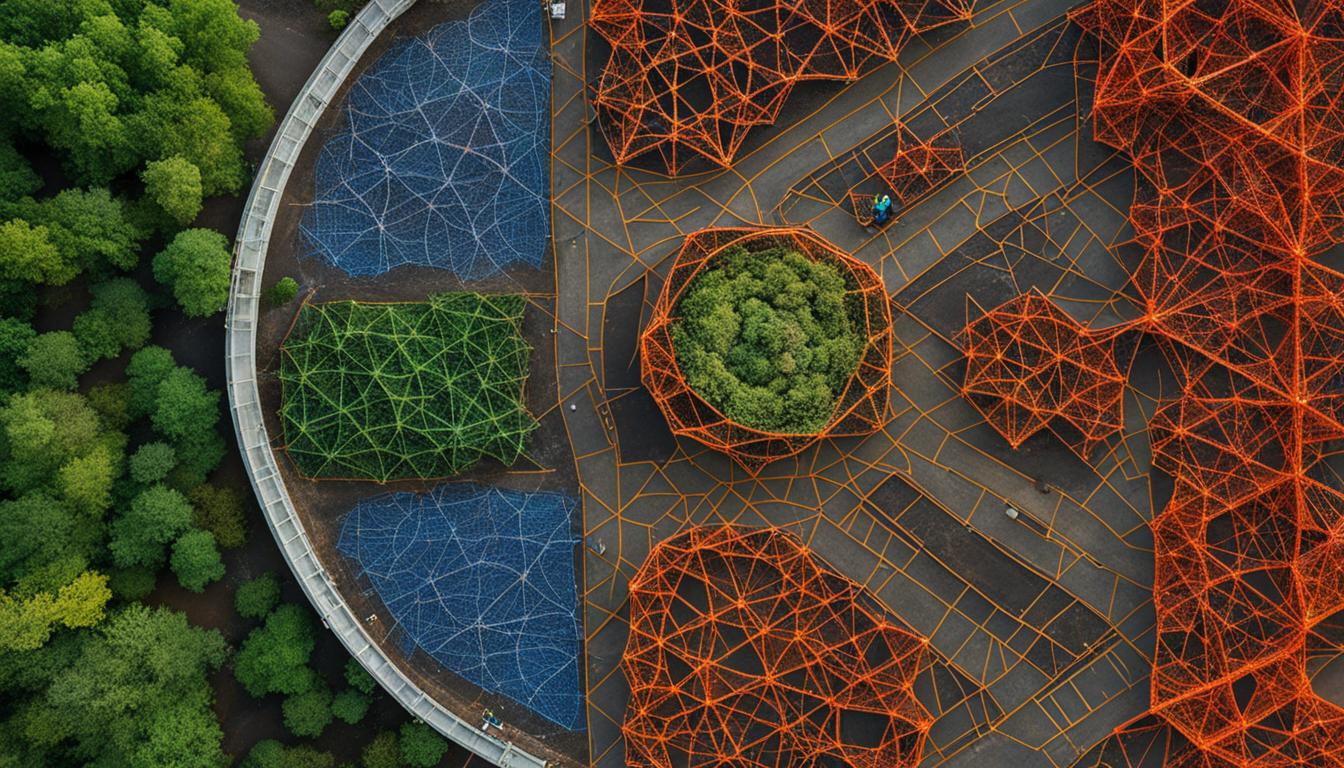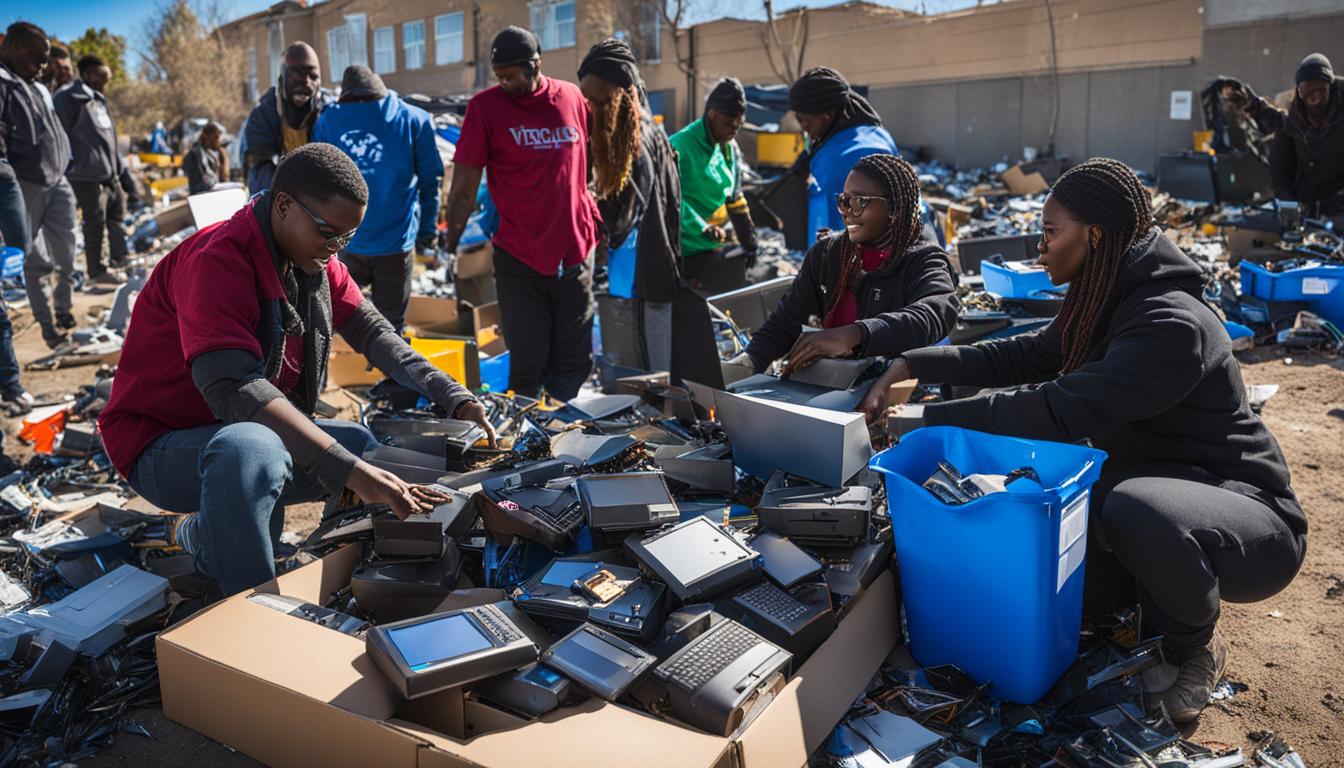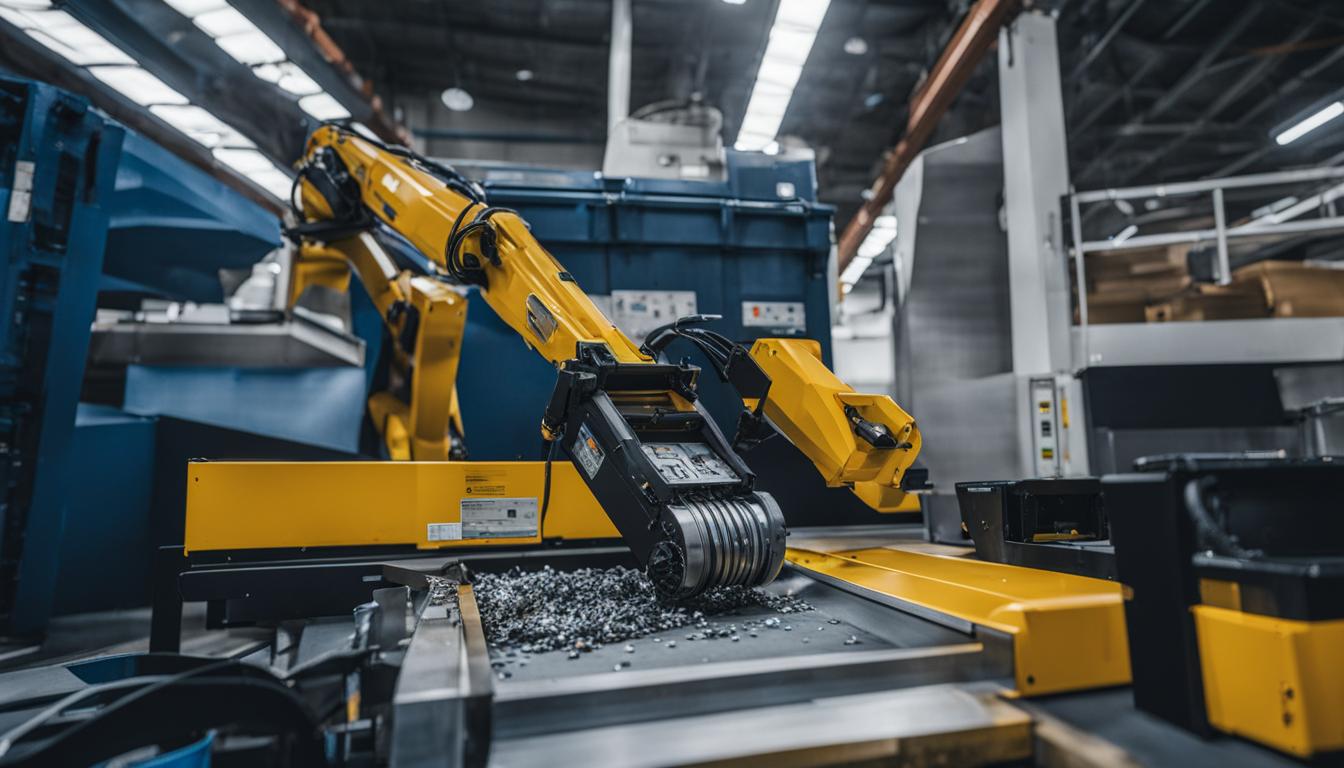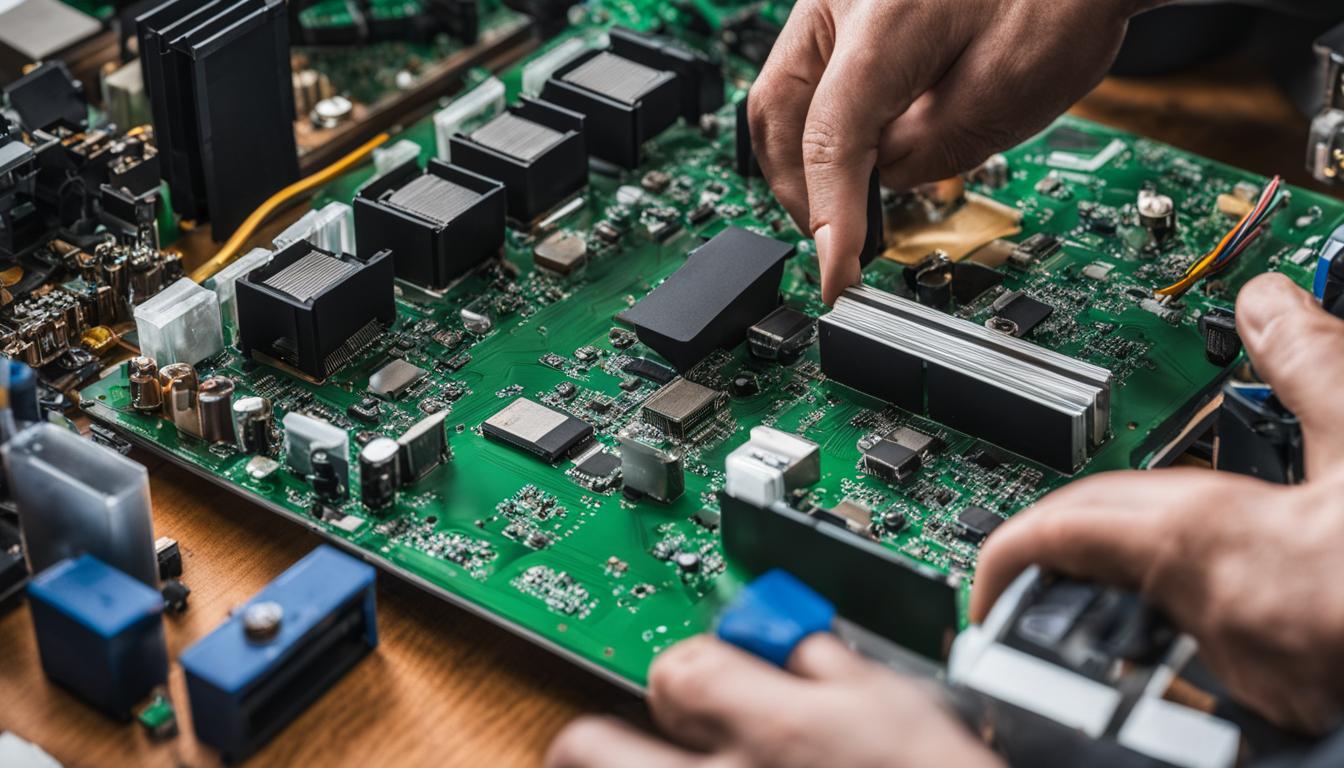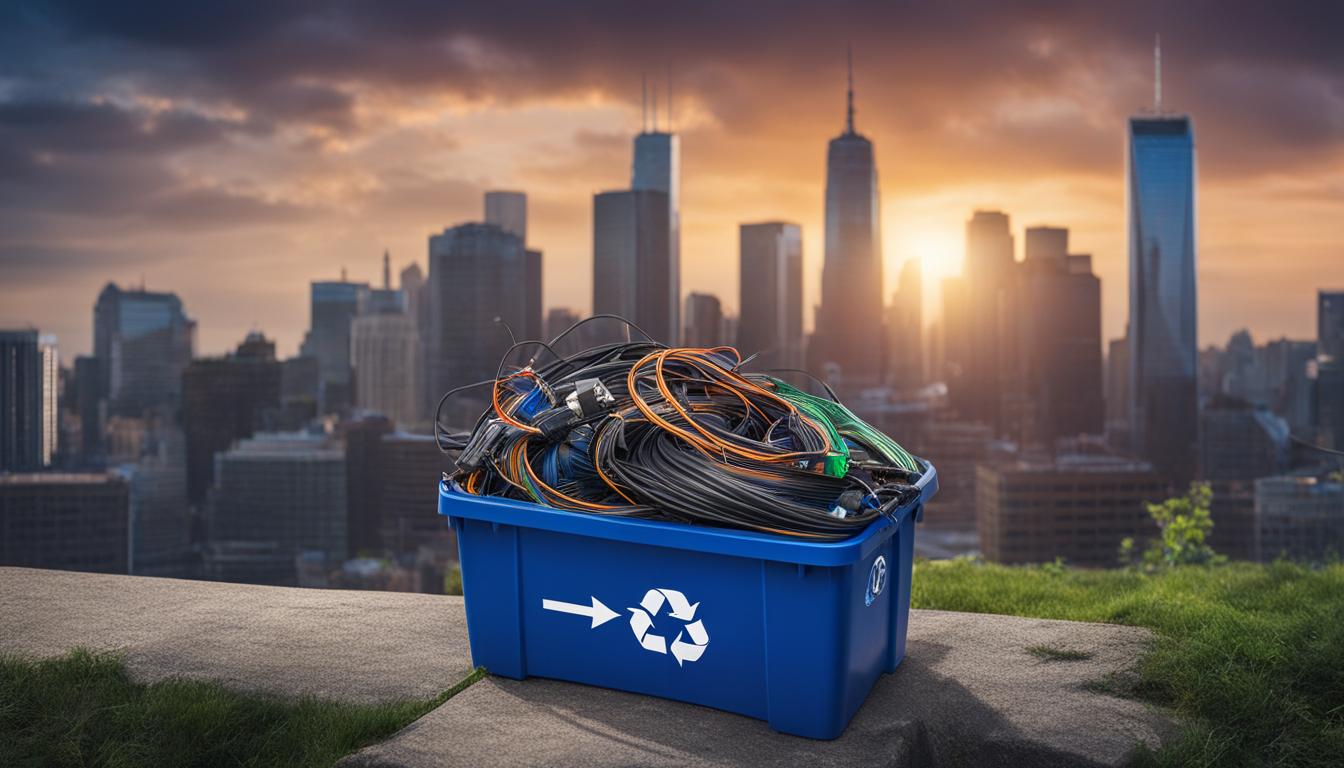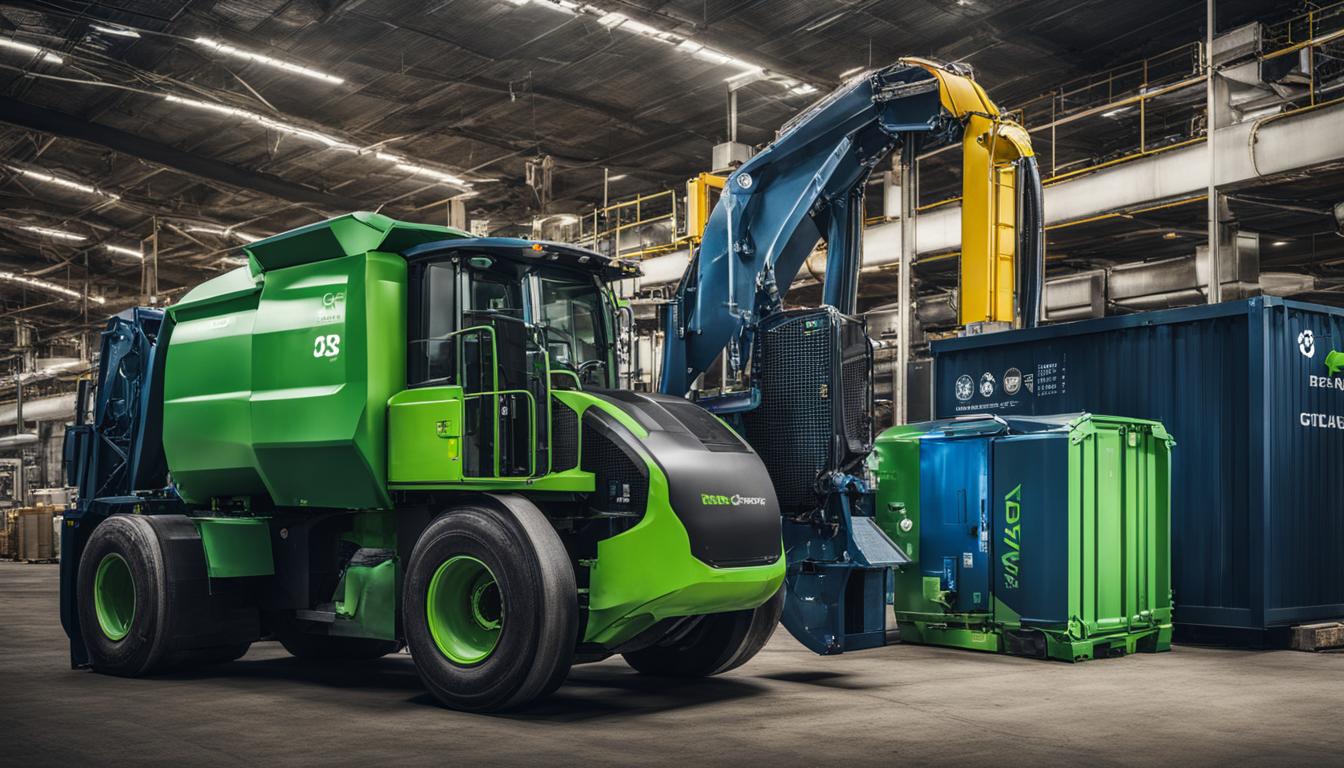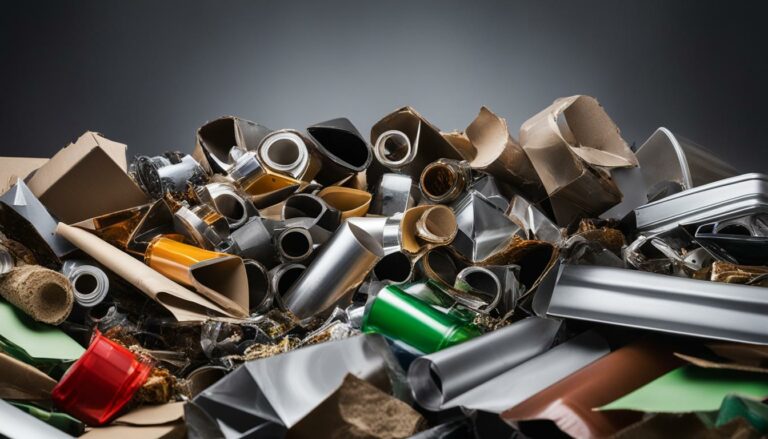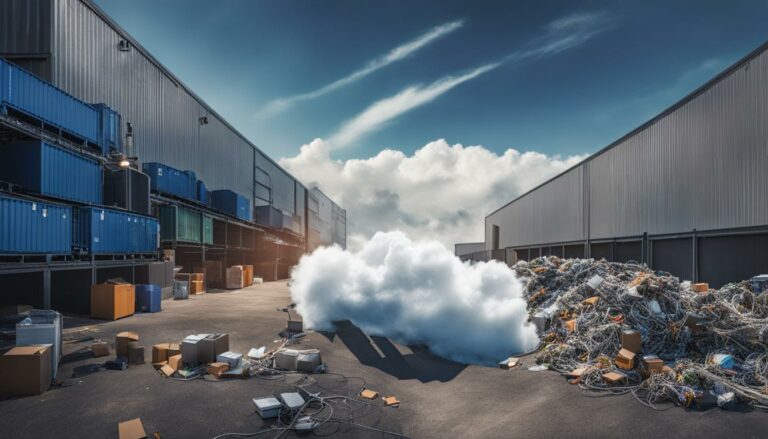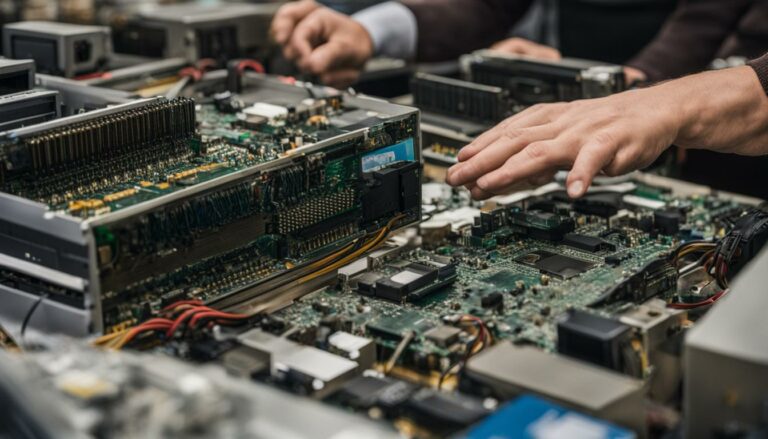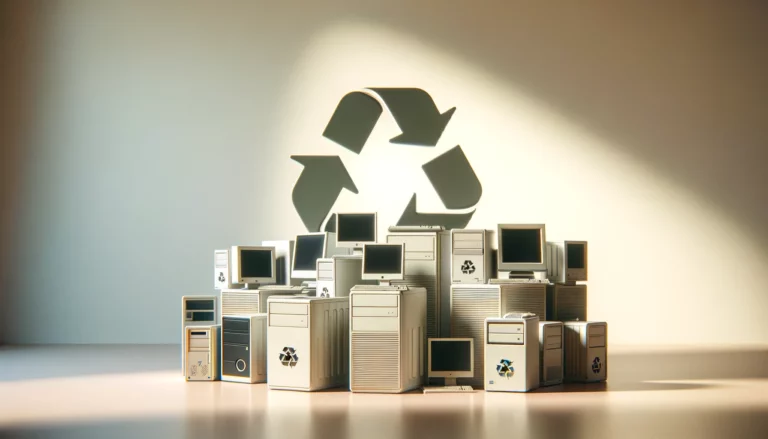Network Recycling Challenges and Opportunities
The utilization of plastic materials has led to significant plastic waste accumulation, with 86% of plastic ending up in landfills. The challenges in plastic recycling include the prevalence of single-use plastics, difficulties in sorting different types of plastic, and high costs associated with collection and processing. Recycling and remanufacturing plastic can save between 30% to 80% of carbon emissions compared to virgin plastics. The quality of recycled plastics often exhibits variations and decreased strength, posing barriers to their utilization. Plastic recycling methods include primary, secondary, tertiary, and quaternary recycling. Mechanical recycling is the most common method, though not all plastic types can be mechanically recycled. The traditional recycling model relies on centralized facilities and faces challenges related to logistics and transportation. A comprehensive approach that integrates localized recycling solutions alongside centralized facilities is needed to establish an efficient and sustainable plastic recycling ecosystem.
Key Takeaways:
- Plastic waste poses significant challenges to recycling due to the prevalence of single-use plastics and sorting difficulties.
- Recycling and remanufacturing plastic can significantly reduce carbon emissions compared to virgin plastics.
- The quality of recycled plastics may vary, hindering their applications.
- Mechanical recycling is the most common method, but not all plastic types can be mechanically recycled.
- An integrated approach that combines localized recycling solutions with centralized facilities is needed for an efficient plastic recycling ecosystem.
Plastic Waste Management Challenges
The management of plastic waste presents numerous challenges that need to be addressed for effective environmental protection and sustainability. Landfilling remains the preferred method of plastic disposal, with a staggering 85% of discarded plastics ending up in landfills in Australia alone. This overreliance on landfilling contributes to the accumulation of plastic waste and exacerbates the environmental impact of plastic leakage into the ecosystem.
The low recycling rates further compound the problem, with only 13% of plastics being recycled, while the majority continues to be either sent to landfills or incinerated. This alarming statistic underscores the urgent need for improved plastic waste management practices. Plastic pollution in marine environments is of particular concern, as it poses serious threats to marine life, ecosystems, and even human health.
The challenges facing plastic waste management have been amplified by the global COVID-19 crisis, which has witnessed a significant increase in the use of single-use plastics. These challenges necessitate comprehensive and innovative approaches to waste management, focusing on reducing plastic leakage, increasing recycling rates, and promoting sustainable alternatives to single-use plastics.
The Role of IoT in Waste Management
The Internet of Things (IoT) technology has revolutionized waste management systems, offering innovative solutions for improving efficiency, reducing costs, and enhancing sustainability. IoT-enabled waste management systems utilize smart sensors and communication technologies to optimize waste collection processes and create smart cities that prioritize environmental well-being. By integrating IoT technology, waste management can be transformed into a more intelligent and data-driven process.
Smart sensor-based waste collection
One of the key applications of IoT in waste management is sensor-based waste collection. Smart sensors installed in bins can monitor waste levels in real-time and transmit data to waste management companies. This allows for optimized waste collection routes, reducing unnecessary trips and saving time and fuel. With sensor-based waste collection, municipal authorities can efficiently allocate resources and provide timely services to communities.
Additionally, smart sensors can detect various parameters such as temperature, moisture, and gas emissions, enabling early detection of potential hazards or abnormalities. This proactive approach ensures rapid response and prevents potential risks, such as fire outbreaks in waste facilities or the release of toxic substances into the environment.
Smart bins for effective waste management
IoT technology also enables the use of smart bins, which are equipped with sensors and built-in compactors. These smart bins can automatically compress and seal waste, optimizing their capacity and reducing the frequency of collection. By using smart bins, waste management companies can minimize the overflow of bins, decrease collection costs, and improve overall waste management efficiency.
Furthermore, smart bins can provide valuable data on waste composition, helping waste management authorities understand the types and quantities of waste being generated. This data can inform decision-making processes, such as implementing recycling initiatives or addressing specific waste management challenges.
| Benefits of IoT in Waste Management |
|---|
| Sensor-based waste collection |
| Optimized waste collection routes |
| Efficient resource allocation |
| Early detection of hazards |
| Reduced collection frequency |
| Improved waste management efficiency |
| Data-driven decision making |
The integration of IoT in waste management has the potential to revolutionize the industry, creating more sustainable and environmentally friendly practices. By harnessing the power of smart sensors, communication technologies, and data analytics, waste management can become more efficient, cost-effective, and responsive to the needs of communities. As we continue to strive for a greener future, IoT will play a crucial role in shaping the waste management systems of tomorrow.
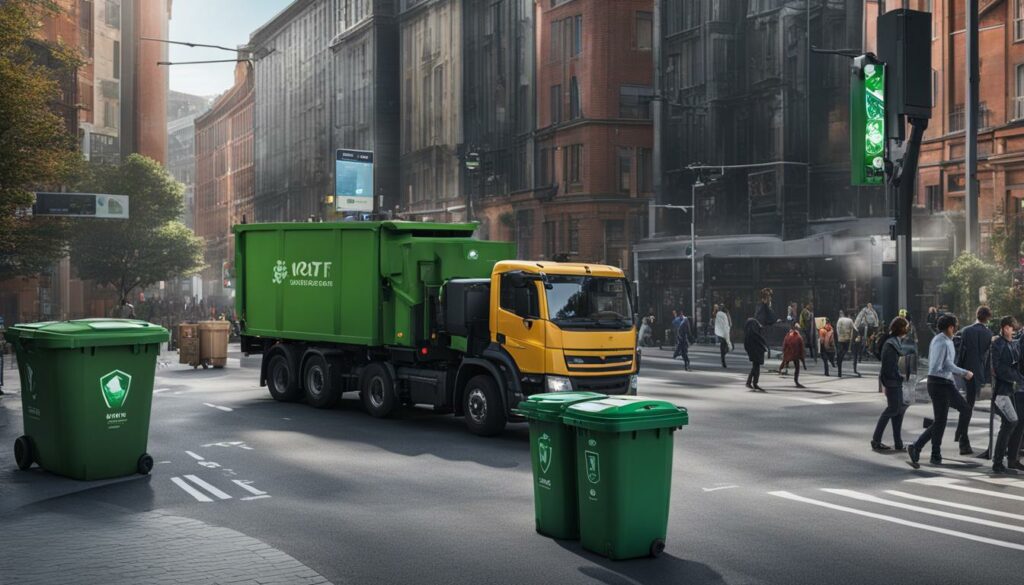
Plastic Waste Management in Australia
Plastic waste management in Australia presents a significant challenge, with the country heavily reliant on landfilling as the preferred method of disposal. Currently, only 11.5% of plastics are being recycled, leading to environmental and health risks associated with plastic waste leakage into the natural environment. To address this issue, the Australian government has implemented legislation to regulate the export of unprocessed waste and has initiated the Recycling Modernization Fund to support local waste processing.
A circular economy approach and extended producer responsibility schemes have been proposed as solutions to effectively manage plastic waste and increase the utilization of recycled materials in production. By adopting circular economy principles, Australia can transition from a linear “take-make-dispose” model to one that emphasizes recycling and resource efficiency. Extended producer responsibility schemes would hold manufacturers accountable for the entire lifecycle of their products, encouraging them to design for recyclability and take responsibility for the proper disposal and recycling of their products.
To create a more sustainable plastic waste management system in Australia, it is crucial to develop end markets for recycled plastics. This involves understanding household plastics recycling practices and identifying socio-economic and technological barriers that hinder the development of competitive markets. Policy recommendations, such as implementing extended producer responsibility schemes and promoting the use of recycled materials, can help overcome these barriers and stimulate the demand for recycled plastics.
| Plastic Waste Management in Australia | Statistics |
|---|---|
| Recycling Rate | 11.5% |
| Landfilling | Preferred disposal method |
| Circular Economy | Key solution |
| Extended Producer Responsibility | Proposed scheme |
“Australia needs to improve its plastic waste management practices and increase recycling rates to protect the environment and public health.”
By implementing the right strategies and policies, such as a circular economy framework and extended producer responsibility schemes, Australia can effectively manage its plastic waste, promote a circular economy, and reduce plastic waste leakage. These efforts will contribute to a more sustainable future and help create a circular and resource-efficient economy.
Creating End Markets for Recycled Plastics
The development of end markets for recycled plastics is crucial in achieving sustainable plastic waste management. However, several socio-economic barriers and technological drivers impact the establishment of these markets. Understanding these factors is essential to formulate effective policy recommendations for promoting the use of recycled plastics and reducing plastic waste leakage into the environment.
Socio-Economic Barriers to End Markets
One of the main socio-economic barriers to the development of end markets for recycled plastics is the lack of demand. Industries often prefer virgin plastics as they perceive them to be of higher quality and consistency. Limited awareness and misconceptions about the quality and performance of recycled plastics further hinder their market acceptance. Additionally, the price of recycled plastics may be higher due to factors such as the cost of collection, sorting, and processing, making them less competitive compared to virgin plastics.
Furthermore, the availability of alternative materials and limited access to technologies for utilizing recycled plastics pose additional challenges. Industries may opt for alternative materials that are readily available and offer similar properties, reducing the demand for recycled plastics. Without proper infrastructure and technological advancements, the potential applications for recycled plastics may be limited, hindering market development.
Technological Drivers
Technological advancements play a vital role in overcoming socio-economic barriers and driving the development of end markets for recycled plastics. Innovations in recycling technologies can improve the quality and performance of recycled plastics, making them more comparable to virgin materials. This can help overcome the misconceptions about the inferiority of recycled plastics and increase their market demand.
Furthermore, emerging technologies, such as 3D printing, can create new opportunities by utilizing recycled plastics as feedstock. The ability to produce complex and customized products using recycled plastics can enhance their market value and drive demand. Research and development in these areas are essential for unlocking the full potential of recycled plastics as valuable resources.
Policy Recommendations
To address the socio-economic barriers and leverage technological drivers, policymakers should consider implementing the following recommendations:
- Implement extended producer responsibility (EPR) schemes that hold manufacturers accountable for the end-of-life management of their products. This can incentivize the use of recycled materials and increase the demand for recycled plastics.
- Provide financial incentives and support for companies that adopt recycled plastics in their production processes. This can help overcome the cost disadvantage associated with recycled plastics and encourage market adoption.
- Promote awareness and education campaigns to inform industries and consumers about the benefits of recycled plastics. This can help dispel misconceptions and create a positive perception of recycled plastics in the market.
- Invest in research and development to advance recycling technologies and explore new applications for recycled plastics. This can enhance their quality, performance, and market value, driving increased demand.
By implementing these policy recommendations and fostering collaboration between industries, policymakers, and recycling stakeholders, the creation of end markets for recycled plastics can be accelerated. This will contribute to a more sustainable plastic waste management system and a circular economy that minimizes plastic waste leakage and preserves valuable resources.

Conclusion
Network recycling plays a vital role in addressing the challenges of plastic waste management and creating a more sustainable future. The utilization of plastic materials has led to significant plastic waste accumulation, with a majority ending up in landfills. However, by integrating localized recycling solutions alongside centralized facilities, we can establish an efficient and sustainable plastic recycling ecosystem.
IoT technology offers innovative solutions for waste management. Through sensor-based waste collection and smart bins, we can improve operational efficiency, reduce costs, and enhance customer satisfaction. This technology also enables real-time monitoring and optimization of waste collection processes, leading to improved waste management practices.
Australia, like many countries, faces significant challenges in managing plastic waste. By implementing circular economy principles and extended producer responsibility schemes, we can increase recycling rates and reduce plastic waste leakage. Additionally, the development of end markets for recycled plastics is crucial in promoting a circular economy and reducing environmental impact. By implementing the right strategies and policies, we can create a more sustainable and resilient network recycling system.
FAQ
What are the challenges in plastic recycling?
The challenges in plastic recycling include the prevalence of single-use plastics, difficulties in sorting different types of plastic, and high costs associated with collection and processing.
How much carbon emissions can be saved through recycling and remanufacturing plastic?
Recycling and remanufacturing plastic can save between 30% to 80% of carbon emissions compared to virgin plastics.
What are the different methods of plastic recycling?
Plastic recycling methods include primary, secondary, tertiary, and quaternary recycling. Mechanical recycling is the most common method, though not all plastic types can be mechanically recycled.
What challenges does the traditional recycling model face?
The traditional recycling model relies on centralized facilities and faces challenges related to logistics and transportation.
How much plastic ends up in landfills in Australia?
Landfilling is the preferred method of plastic disposal, with 85% of discarded plastics ending up in landfills in Australia.
What are the environmental threats posed by plastic leakage into the environment?
Plastic leakage into the environment poses significant threats to ecosystems and biodiversity, as well as harmful effects on the food chain and human health in marine environments.
How much plastic is currently being recycled?
The recycling rate for plastics is low, with only 13% of plastics being recycled.
How can IoT technology improve waste management?
IoT-enabled waste management systems utilize smart sensors and communication technologies to improve operational efficiency, reduce costs, and enhance customer satisfaction.
What percentage of plastics are recycled in Australia?
The recycling rate for plastics in Australia is only 11.5%.
What strategies can be implemented to create end markets for recycled plastics?
Policy recommendations, such as implementing extended producer responsibility schemes and promoting the use of recycled materials, can help create competitive markets for recycled plastics.

